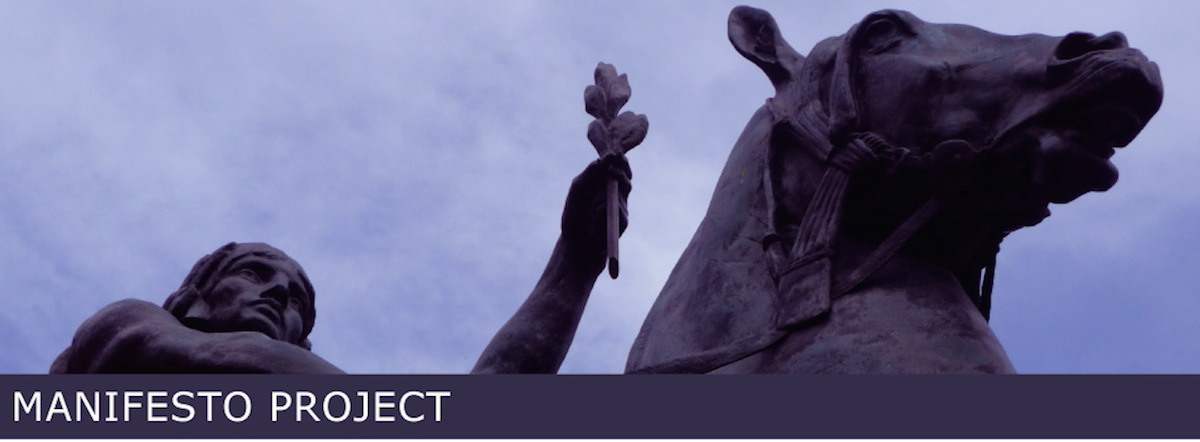Creator
The Black Panther Party originally formed in 1966 in California to monitor the behaviour of members of the Oakland Police Department because of suspicions of police brutality in the area.
They evolved into a revolutionary political party with a strong presence during the period of Civil Rights disputes, mostly in the United States.

Purpose
The Ten-Point Program, officially known as The Black Panther Party for Self-Defense was outline the ideals and aspirations of the Black Panther Party. It’s a combination of a Bill of Rights and a Declaration of Independence.
Manifesto
The 10 Point Program has two parts that both have 10 points: What we want now and What we believe
Here are the first three examples from each of these sections. For a full description visit Wikipedia here.
What we want now
- We want freedom. We want power to determine the destiny of our Black Community.
- We want full employment for our people.
- We want an end to the robbery by the white men of our Black Community. (later changed to “we want an end to the robbery by the capitalists of our black and oppressed communities.”)
What we believe
- We believe that Black People will not be free until we are able to determine our own destiny.
- We believe that the federal government is responsible and obligated to give every man employment or a guaranteed income. We believe that if the White American business men will not give full employment, the means of production should be taken from the businessmen and placed in the community so that the people of the community can organize and employ all of its people and give a high standard of living.
- We believe that this racist government has robbed us and now we are demanding the overdue debt of forty acres and two mules. Forty acres and two mules was promised 100 years ago as redistribution for slave labor and mass murder of Black people. We will accept the payment in currency which will be distributed to our many communities: the Germans are now aiding the Jews in Israel for genocide of the Jewish people. The Germans murdered 6,000,000 Jews. The American racist has taken part in the slaughter of over 50,000,000 Black people; therefore, we feel that this is a modest demand that we make.
Source
https://en.wikipedia.org/wiki/Black_Panther_Party
https://en.wikipedia.org/wiki/Ten-Point_Program
Prompted from watching the movie The Hate U Give
Comment
The two parts of the Black Panther 10 Point Plan showcase two important parts of a manifesto, one of which is usually included in the typical vision and mission statements and the other is usually missing.
The first part ‘What we want now’ is the usual fare. It includes specific and concrete outcomes. Most businesses focus exclusively here.
The second part ‘What we believe’ is often included in social manifestos but not corporate or business visions.
I believe (yes, I’m using my own framework) that most corporates focus on earning maximum revenue for shareholders. That’s their true reason for existing.
I don’t have a problem with that as an objective. What I do have concerns about is that this is not publicly stated.
The challenge here is not the goal; it’s the engagement of the people that are employed to achieve these goals.
There is a lot of research that suggests that the vast majority – anywhere from 60-80% of employees – are disengaged from their work.
In my opinion, this has less to do with the actual work and more to do with the context they are operating within – the meaning or the beliefs of why they are doing what they are doing.
There is an old story of three men working on a construction site. One is stacking bricks; another is building a wall and the third is building a cathedral to celebrate God. While they may all be doing the same work, which one is more likely to be inspired by what they do?
The Black Panther 10 Point Program provides for both the ‘physical and the philosophical’ needs of it’s followers. If you want to inspire your people in your workforce you might want to consider both sides of this equation too.
More
Related: The Hate U Give – The Black Power 10 Point Program is mentioned several times in this movie
Related: The full Black Power 10 Point Program makes reference to the US Declaration of Independence
